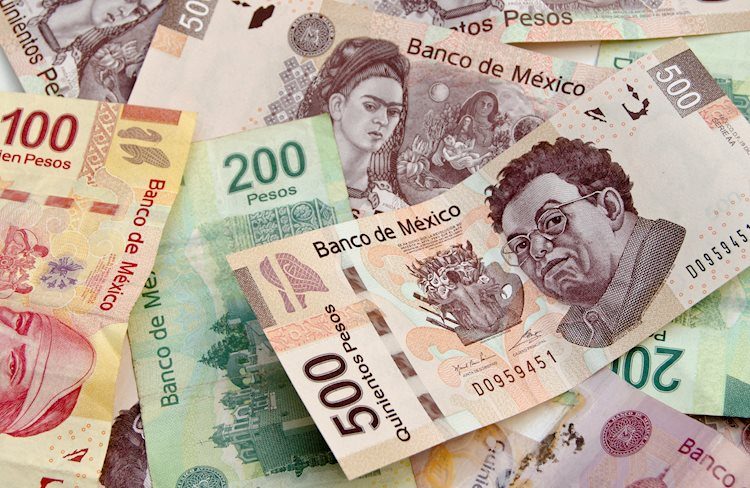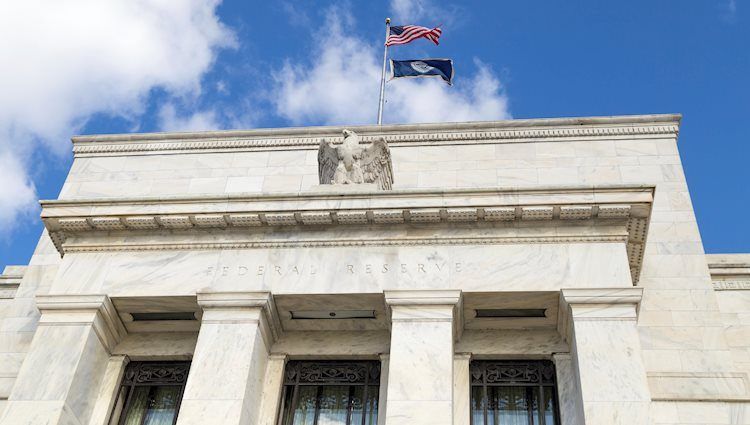BP’s share price has risen over 15% since its full-year numbers back in February, despite posting a $5.7bn loss for last year, with today’s Q1 numbers helping to provide a further lift, as the company announced the return of share buybacks.
A large part of the reason behind this rebound has been optimized over the global economic outlook, which has raised expectations of higher demand for oil as well as distillates and other fuel products as consumers start to move around more.
A few weeks ago, BP said it was set to meet its end-of-year debt target of $35bn by the end of Q1, with the sale of a 20% stake in its Oman gas block program for $2.4bn in February. The company also received another $1bn from INEOS in a final installment of the sale of its petrochemicals business.
In doing so the company announced that it was now retiring its debt target, having lowered net debt to a more sustainable $33.3bn.
This divestment process is part of CEO Bernard Looney’s target of cutting output by 1m barrels a day over the next decade, as well as growing renewable energy output by a factor of 20, as well as looking at developing low carbon technologies for carbon capture and storage to lower the company’s carbon footprint.
In terms of profits, BP reported an underlying replacement cost profit of $2.6bn, its best performance since 2019, compared to $100m in Q4, driven by higher energy prices, as well as better refining margins.
This was largely expected given the company’s update a few weeks ago, with a confirmation that it was also looking to restart share buybacks in Q2, the first one being $500m, with a view to doing further buybacks in subsequent quarters. The dividend was kept at 5.25c
Having seen $1.7bn of positive cash flow in Q1, BP said that cash flow in Q2 would be impacted by its annual $1.2bn Gulf of Mexico oil spill payment and that as a result was likely to see a deficit for that quarter.
Cash flow is then expected to return to surplus in the second half, based on oil prices of $45 a barrel.
BP said that a strong trading performance in this quarter has been instrumental in helping to achieve these various targets, with its gas and low carbon energy business generating the bulk of returns.
The resilience of energy prices has no doubt helped in terms of today’s numbers, and with gasoline and distillate demand in Q2 set to pick up further as economies reopen, investors while grateful for a return of capital, will also be looking for further indications of what other measures the company is looking to take to steer itself towards a greener future.
Buybacks are all well and good in the short term, however, what BP does with its surplus cash in terms of its “Performing while Transforming” strategy will also be important as it looks to meet its climate targets, and on that the jury is still out.





